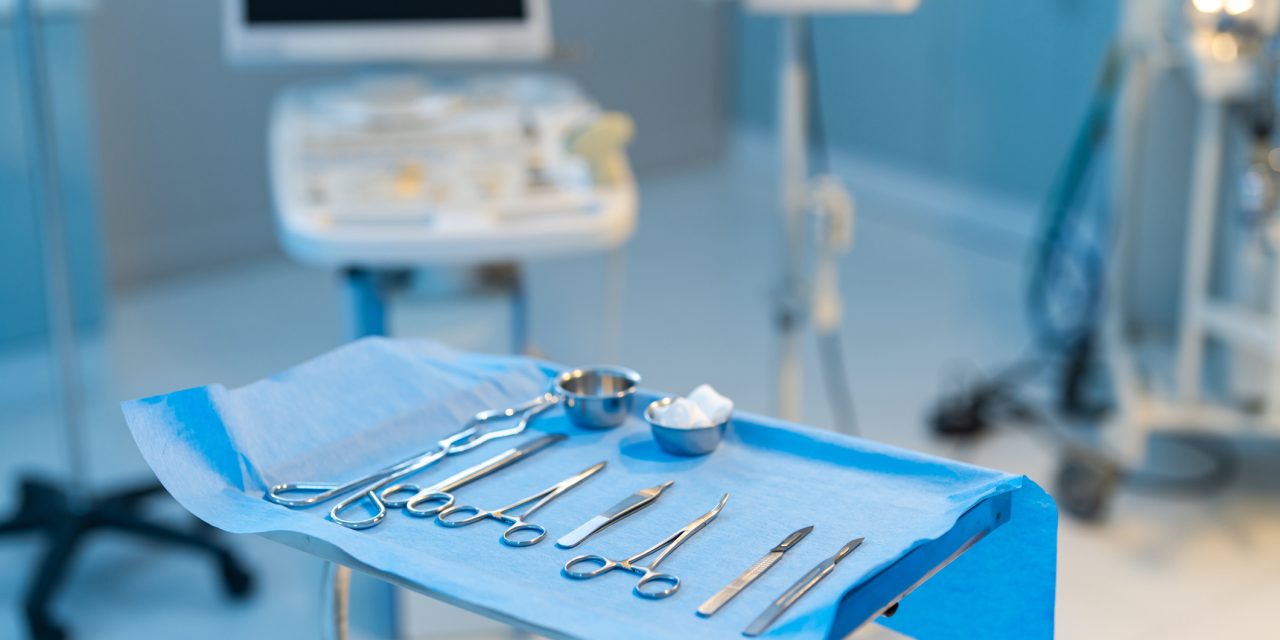Background The factors influencing medical student clinical specialty choice have important implications for the future composition of the US physician workforce. The objective of this study was to determine the career net present values (NPVs) of US medical students’ clinical specialty choices and identify any relationships between a specialty’s NPV and competitiveness of admissions as measured by the US Medical Licensing Examination (USMLE) Step 1 scores. Methodology NPVs were calculated using the results of the 2019 Doximity Physician Compensation report, a survey of 90,000 physicians. Mean USMLE Step 1 scores for matched US allopathic seniors in the 2018 National Resident Matching Program were used as a measure of clinical specialties’ competitiveness of admissions. We calculated a composite measure of NPV and annual work-hours by dividing each specialty’s NPV by the reported average number of hours worked per year. Results In our analysis, orthopedic surgery had the highest NPV ($10,308,868), whereas family medicine had the lowest NPV ($5,274,546). Dermatology and plastic surgery had the highest mean USMLE Step 1 scores (249 for both), whereas family medicine had the lowest (220). Clinical specialties’ NPVs were positively associated with mean USMLE Step 1 scores (Pearson’s r = 0.82; p < 0.001). Conclusions In this study, we describe associations suggesting that medical students respond to financial incentives in choosing clinical specialties and that these decisions are mediated by USMLE Step 1 scores. This underscores the importance of titrating and aligning incentives to improve the allocation of medical students into clinical specialties.Copyright © 2021, Puri et al.
Quantifying the Financial Value of Clinical Specialty Choice and Its Association With Competitiveness of Admissions.


